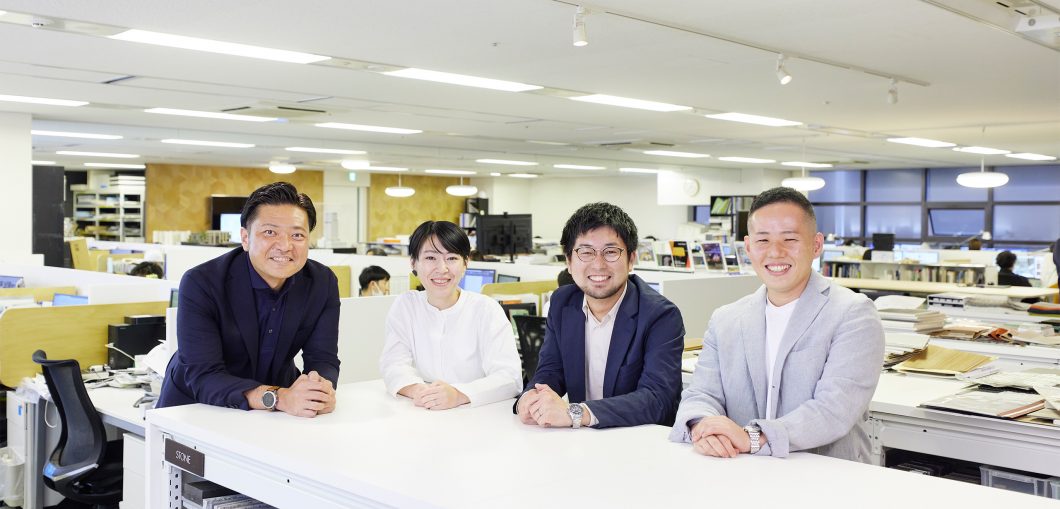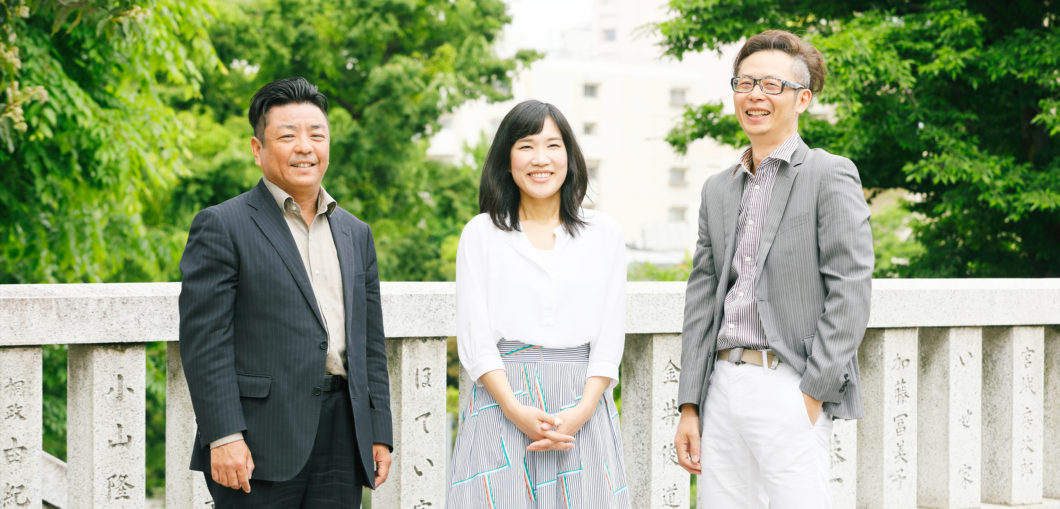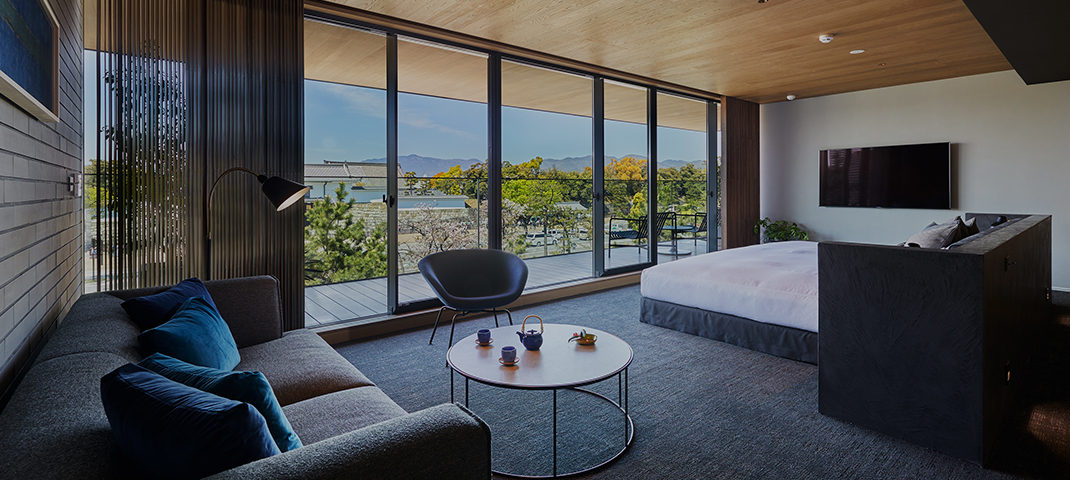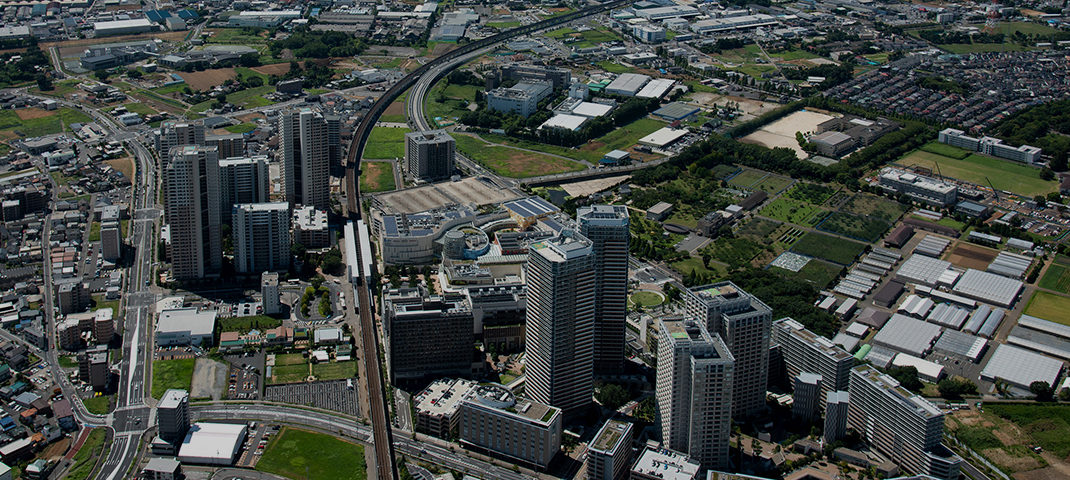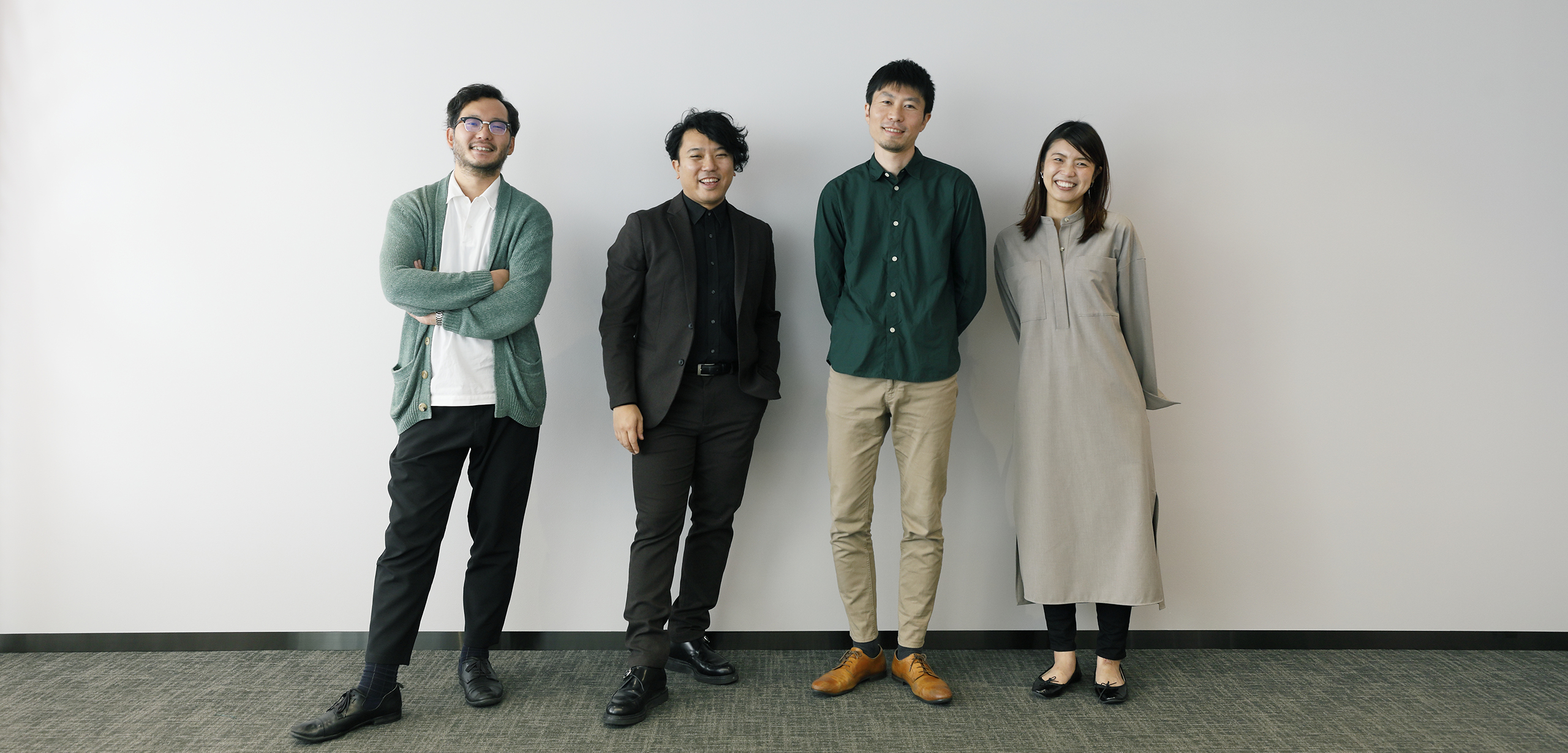
04
OUR HOTEL DESIGN
Hotel design that leads a new era and culture
Introduction
JMA/PCPAJ handles all kinds of types of hotels inside and outside of Japan. JMA / PCPAJ has specialists in various fields such as Architecture, Landscape, Interior, and Mono-Koto Design (product signs, etc.). The fusion of these fields opens all kinds of possibilities in hotel designing.
Specialists in each field continue to think and propose every day to design a hotel that will be loved by many people for a long period , not only by fulfilling clients’ requests, but also understanding various factors such as the flow of the times, history, environment, and culture.
At this roundtable discussion, the four staff members who have contributed significantly to the JMA / PCPAJ hotel projects, based on their experience, will talk about what is essential to design a hotel that will satisfy not only the clients but also the guests and everyone around them, and also about how hotels should be like in the future.
PEOPLE
-
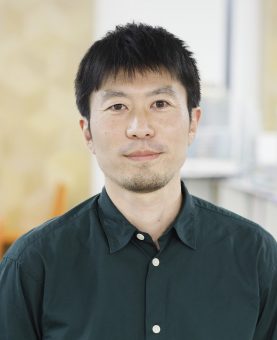
Shigeki Irie
Architect,
Managing Officer, Project Director
WORKS / Kyoto Yura Hotel MGallery, TOYOSU BAYSIDE CROSS, HOTEL CANATA KYOTO, Coca-Cola(Japan)Company, Limited Headquarters Building
-
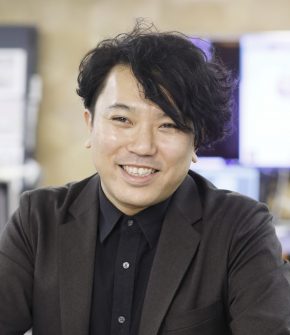
Taido Yamano
Director,
Interior Design Dept.WORKS / DoubleTree by Hilton Okinawa Chatan Resort, Hilton Okinawa Chatan Resort, Arkhills Sengokuyama Mori Tower, Tokyo International Airport International Passenger Terminal
-

Erika Abe
AssociateWORKS / Kyoto Yura Hotel MGallery, PREMIST Ariake Gardens, Prestige International Akita BPO Yokote Campus, BAYZ TOWER & GARDEN
-

Satoshi Matsumoto
Director,
Landscape Design Dept.WORKS / Mitsui Garden Hotel Roppongi Tokyo Premier, Mitsui Garden Hotel Toyosu Bayside Cross, PREMIST Ariake Gardens, Tsunashima Sustainable Smart Town
Thinking about diversifying hotels
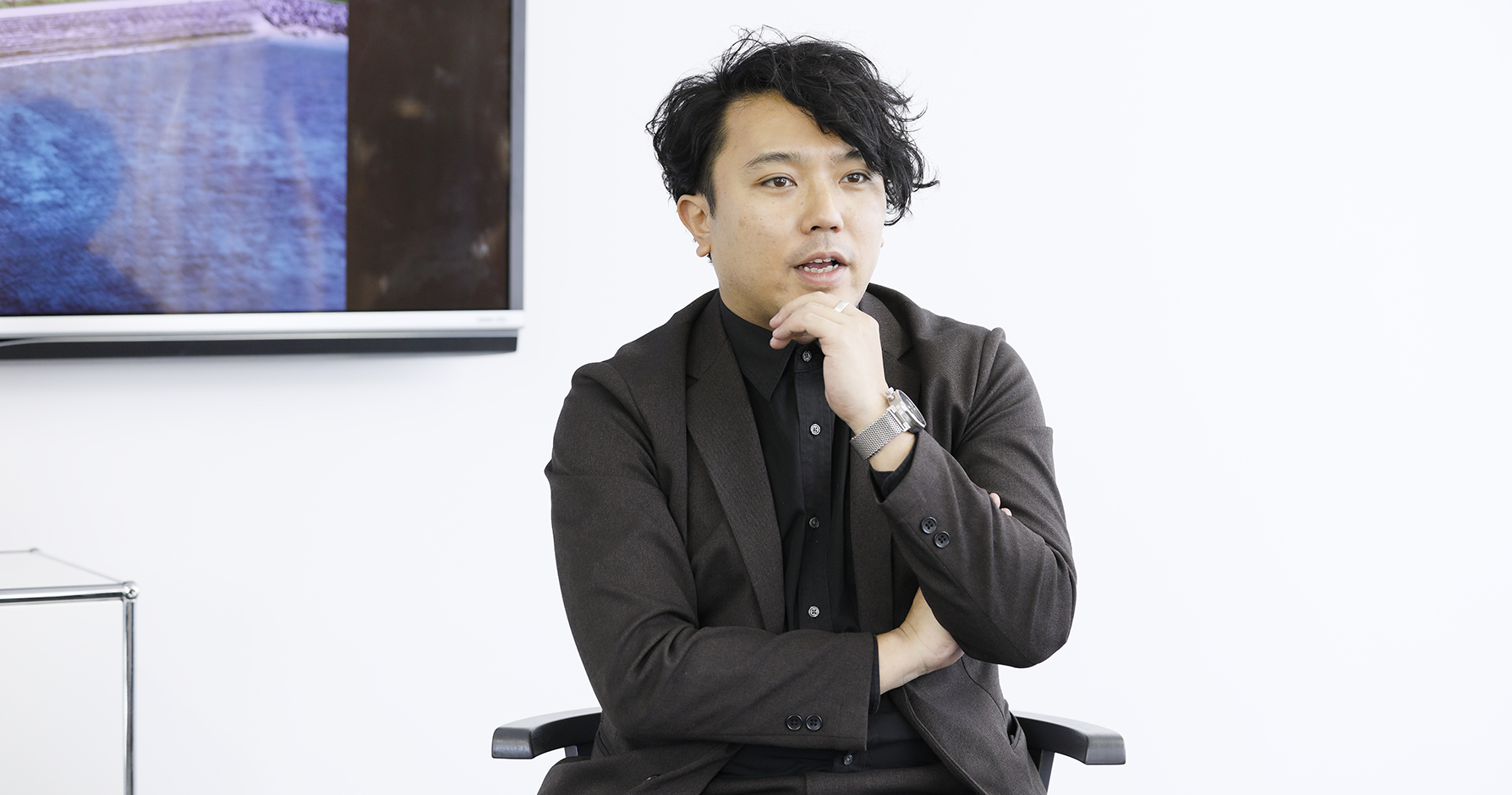
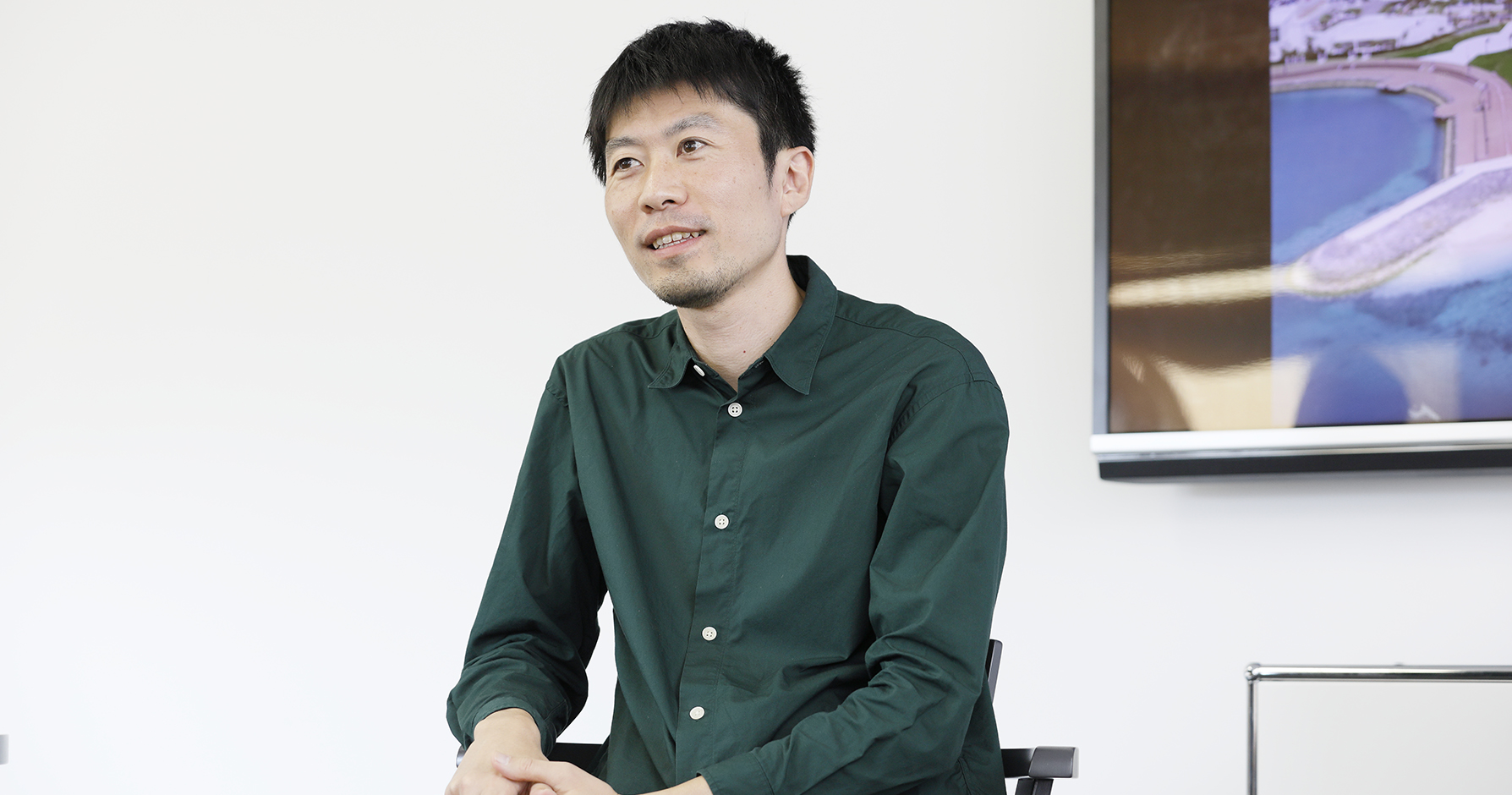
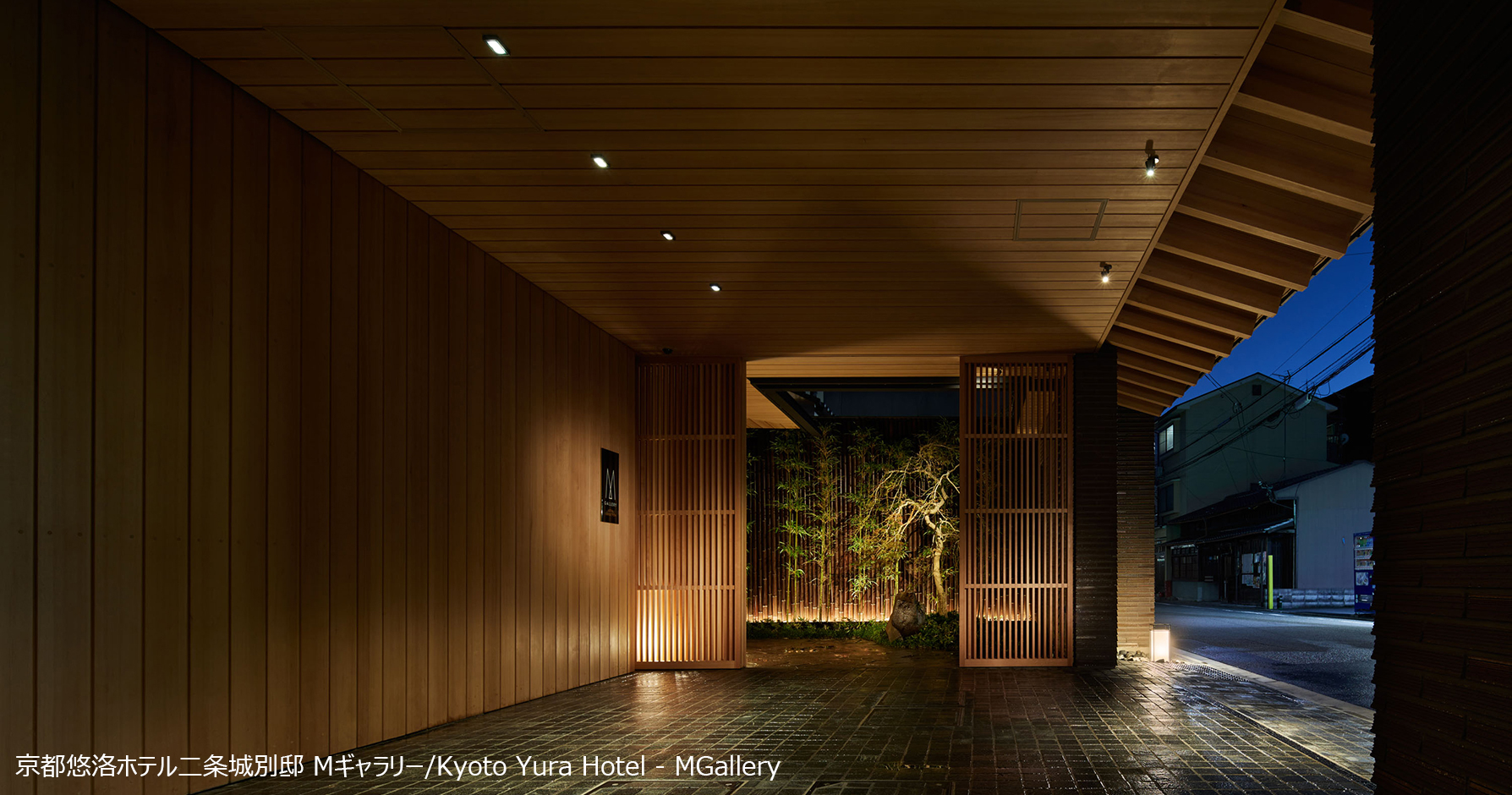
It is a Hotel design that considers "Uniqueness of Kyoto"
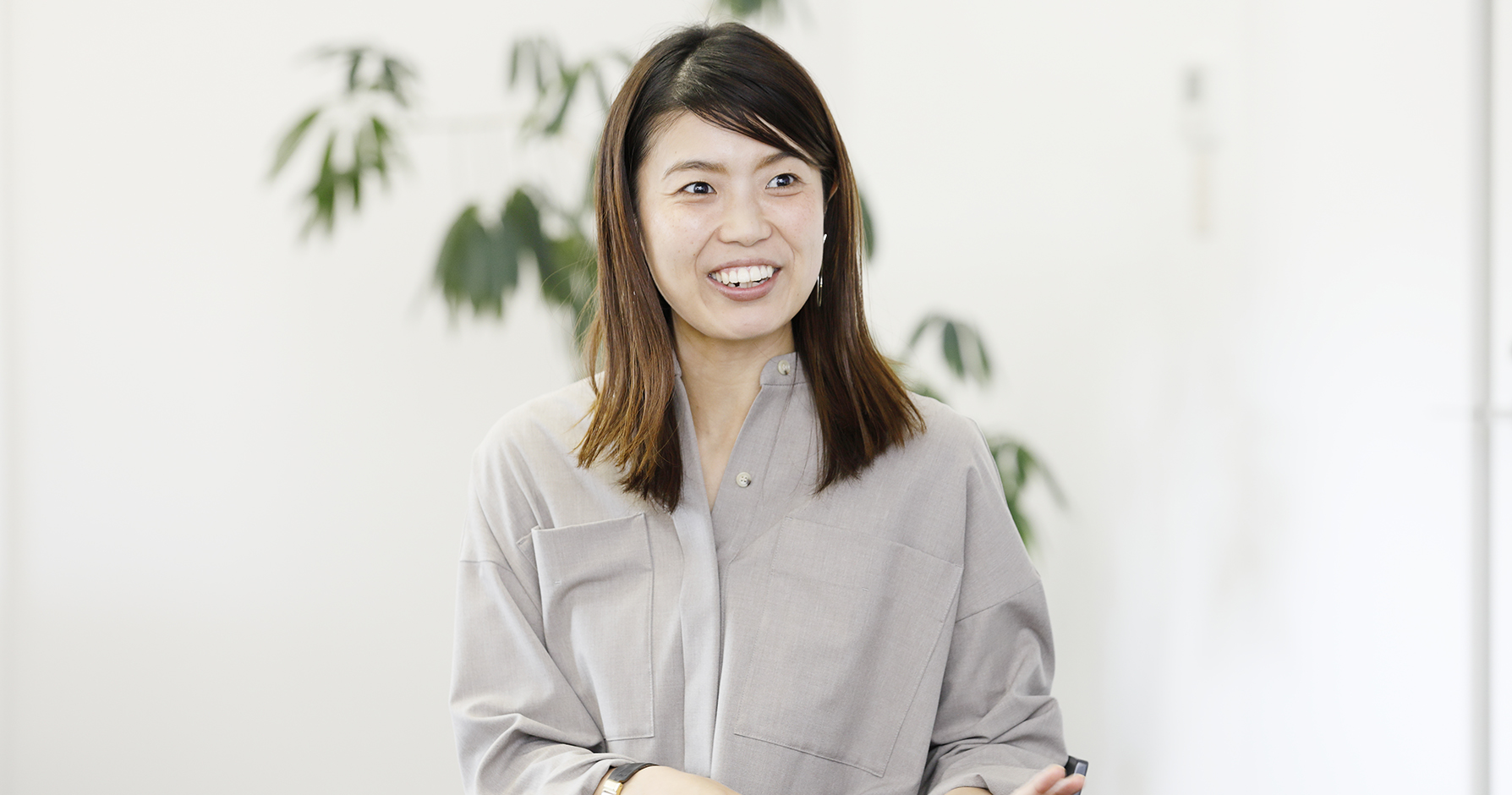
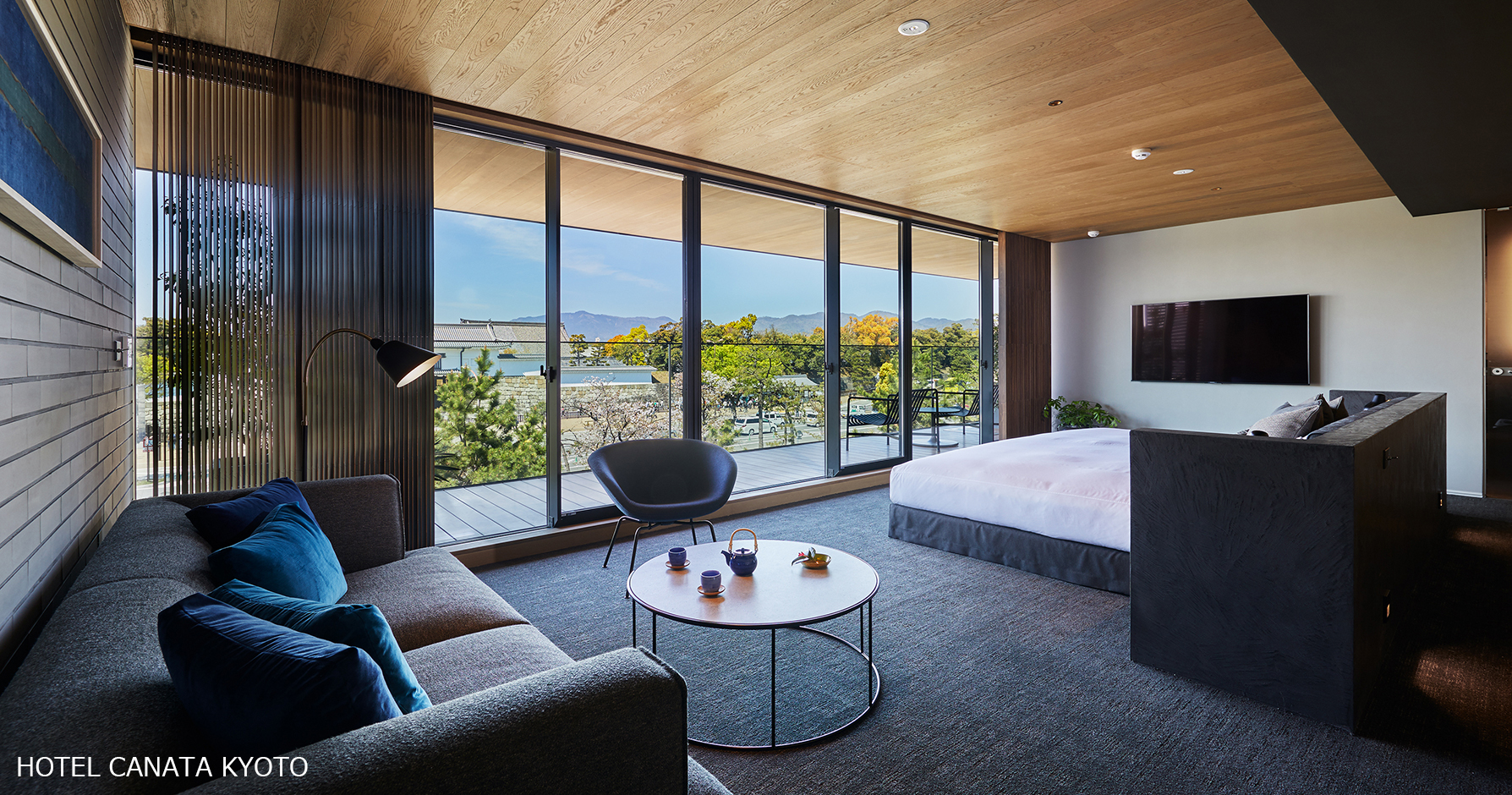
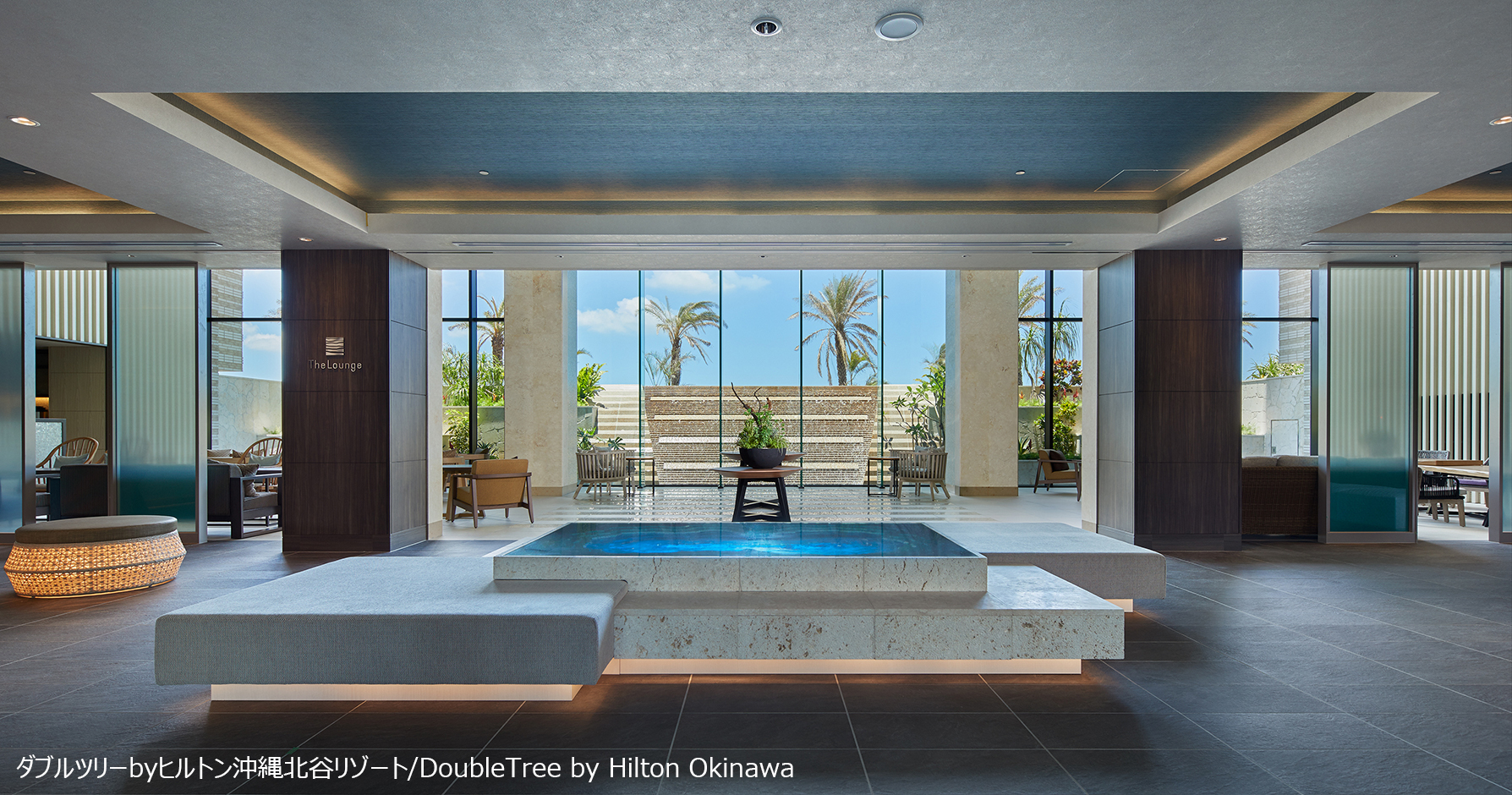
Expand the possibilities of landscape in hotels
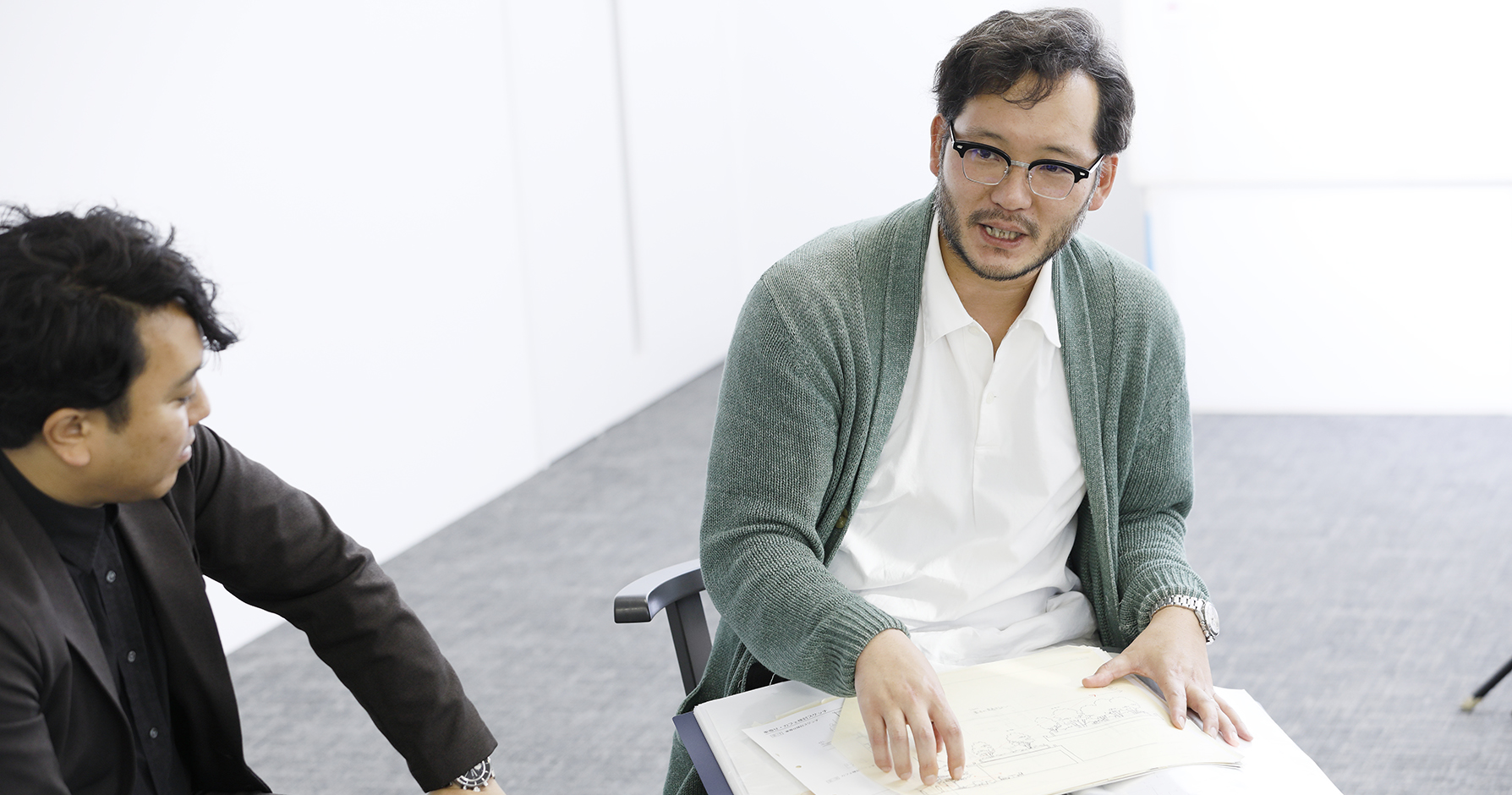
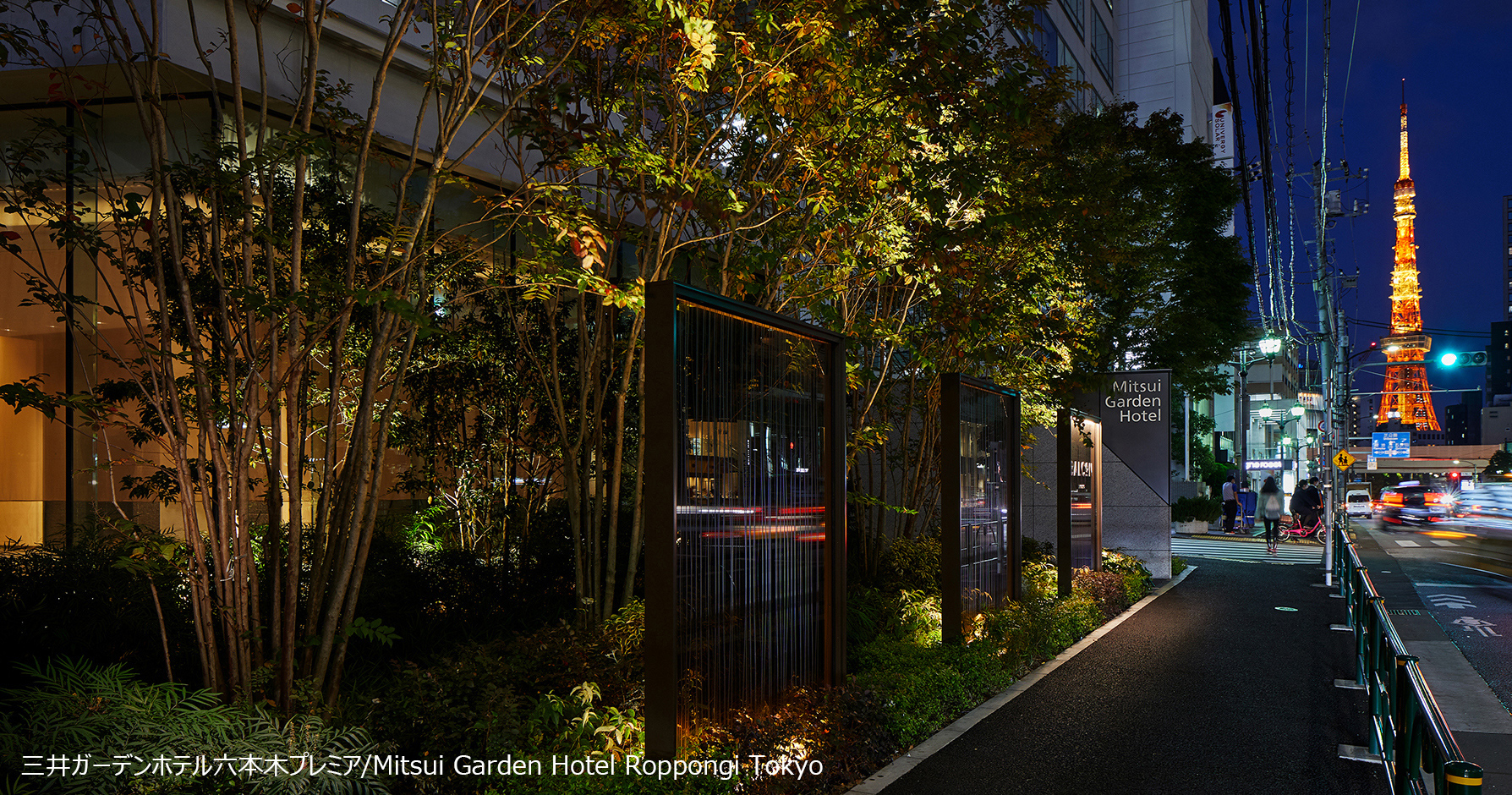
Proposing designs that look to the future but not being too timely
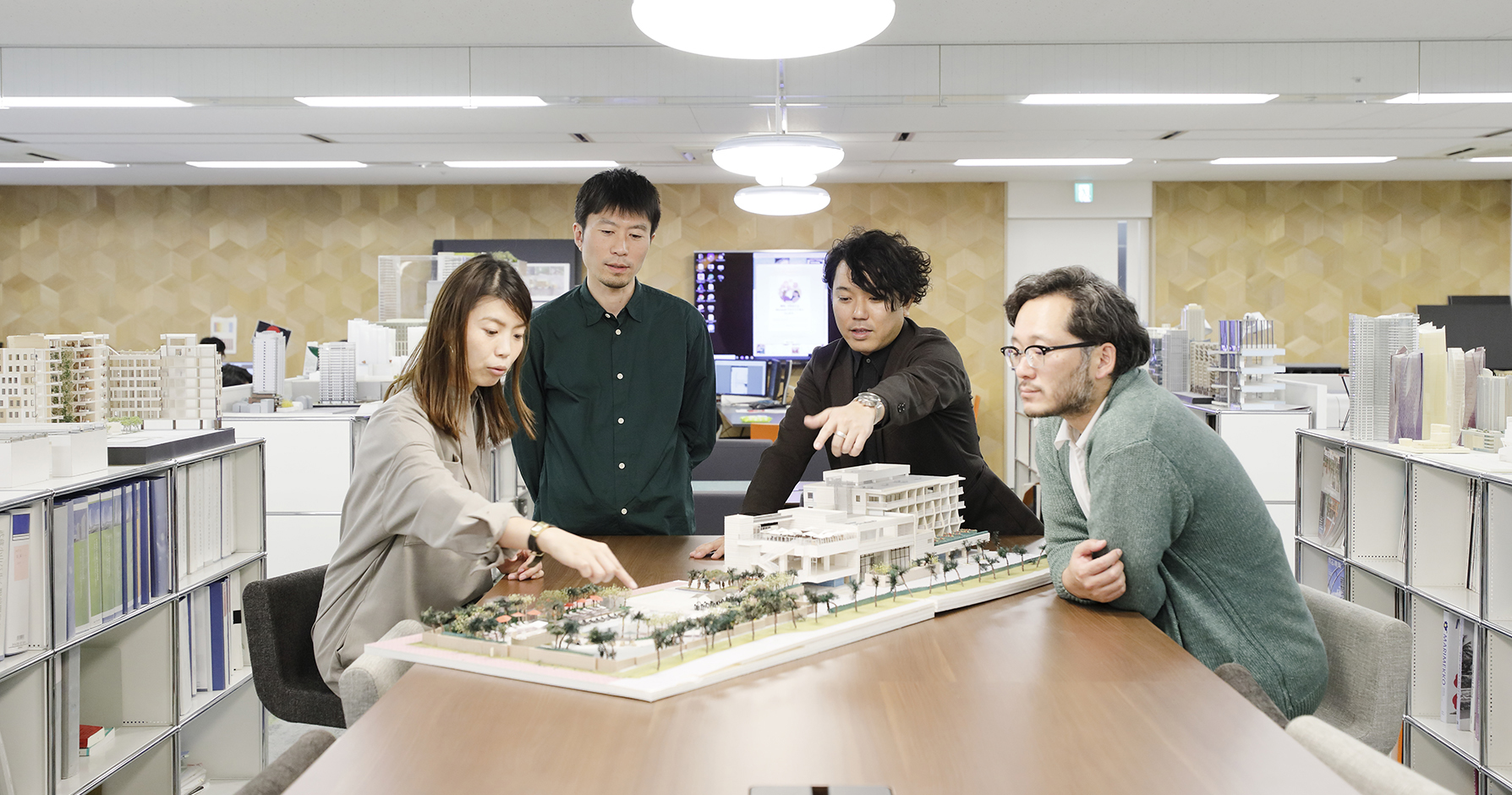
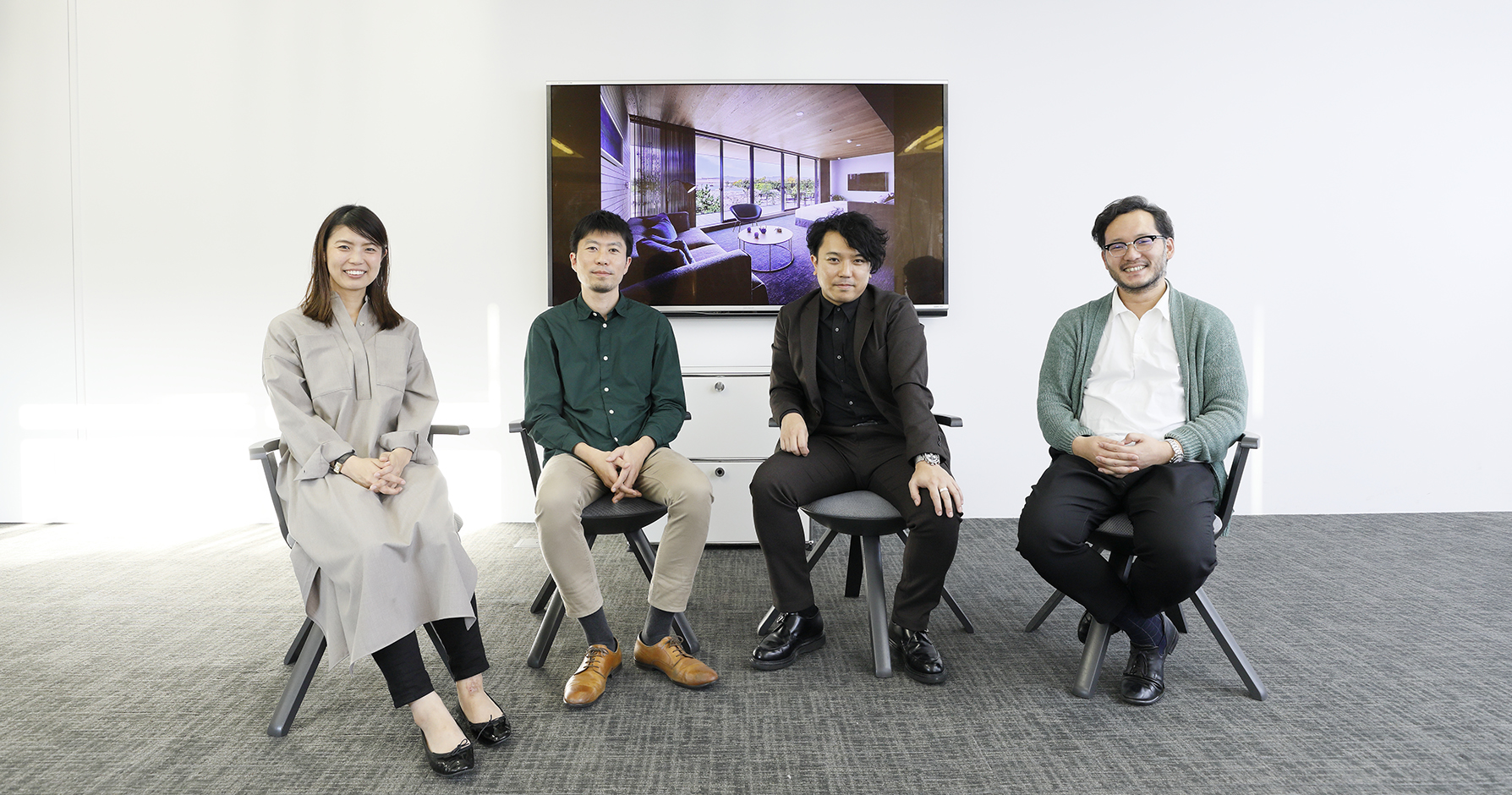
・Mitsui Garden Hotel Roppongi Premier
・Kyoto Yura Hotel MGallery
・HOTEL CANATA KYOTO
・DoubleTree by Hilton Okinawa Chatan Resort
・TOYOSU BAYSIDE CROSS
OTHER TALKS
CONTACT US
Please feel free to contact us
about our company’s services, design works,
projects and recruitment.
